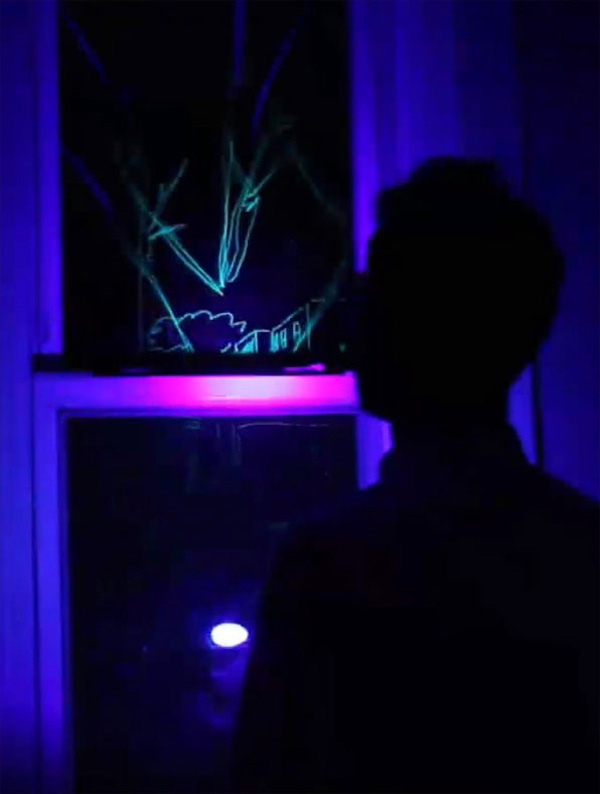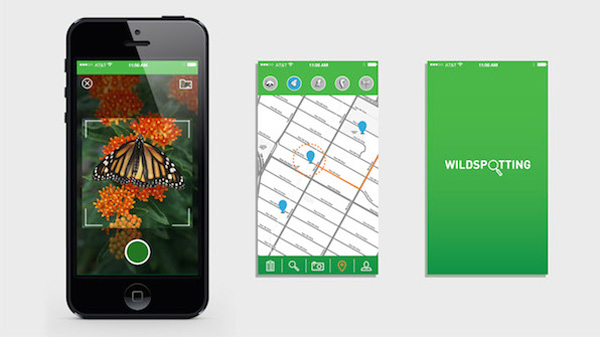SVA (School of Visual Arts) Product Design student Rona Binay’s MFA thesis entitled, ‘COEXIST, Mixing with Urban Wildlife’ transgresses the relationship between the “urban” and the “natural” through a series of four design interventions. Taking her cue’s from leaders in the field such as Natalie Jeremijenko and Joyce Hwang, Ms. Binay’s work seeks to deploy a series design interventions that aim to change human perspectives – sometimes literally and sometimes figuratively – with respect to the urban ecosystem and thereby to precipitate physical changes in the landscape.
Ms. Binay’s work, explicitly or not, also questions the role of products in the urban environment and the ability for humans to design for a non-human subject (also following in the lineage of her predecessors). With perhaps the exception of the “Wildspotting App” each of the other designs occupies an ambiguous space between public/private, product/art, and human/animal. Indeed if we were to extend commentary on the challenges of anthro-eccentric design found in Ms. Binay’s work one might be lead to see that design for the human populations is, at least for now, the real challenge. The critical endeavor is to raising public awareness to the plight and decline of urban wildlife. Only after an evolution in public consciousness will we arrive at long-term change.
You can view Ms. Binay’s Thesis presentation at the Vimeo link below:
Masters Thesis: COEXIST: Mixing With Urban Wildlife, by Rona Binay from MFA Products of Design on Vimeo.
Wildspotting is a citizen-scientist mobile application which crowd-sources data around instances of urban wildlife in New York City. Users snap pictures of an urban animal they encounter, and upload them to the platform along with quantity and specific location (beyond geolocation data). Information aggregated from multiple users and different locations reveals hotspots of different species in the city, and future visitors to the hotspots receive pop-up notifications to help them become more conscious of site-specific urban wildlife and urban co-habition in general.

Trace is a series of drawing stations that “present continuous time” by creating traces of real-life movements within the participant’s surroundings. The experience centers around observing living beings in real-time, filtering through body movements and resulting as line drawings on a shared canvas.

Urban Birdbath is designed to elevate a bird’s water source and bathing spot using existing street infrastructure such as street lamps and traffic light poles. The water for Urban Birdbath is provided by rain, and additionally by people who volunteer to fill them up (much as a country-dweller might habitually refill a bird feeder with seed.)

The FINCH pen addresses the urban problem of birds colliding into glass windows. (Following habitat destruction, glass is the biggest threat for birds: Nearly 988 Million birds die annually in the U.S. by crashing into windows.) Current prevention techniques include creating patterns on windows using tape, decals or covering the window with nettings, but since these techniques can affect the transparency of the glass, many users are unwilling to use them.
More about Ronay Binay’s work can be found on the SVA School of Product Design website here.







